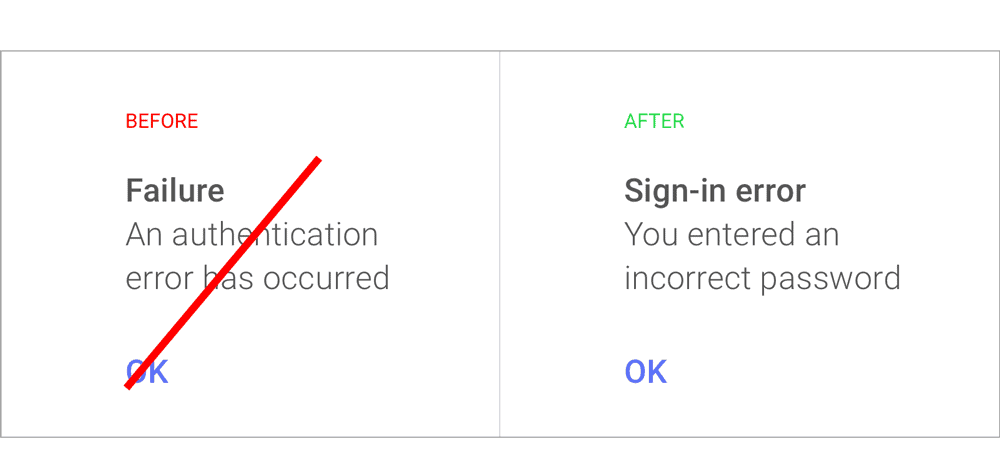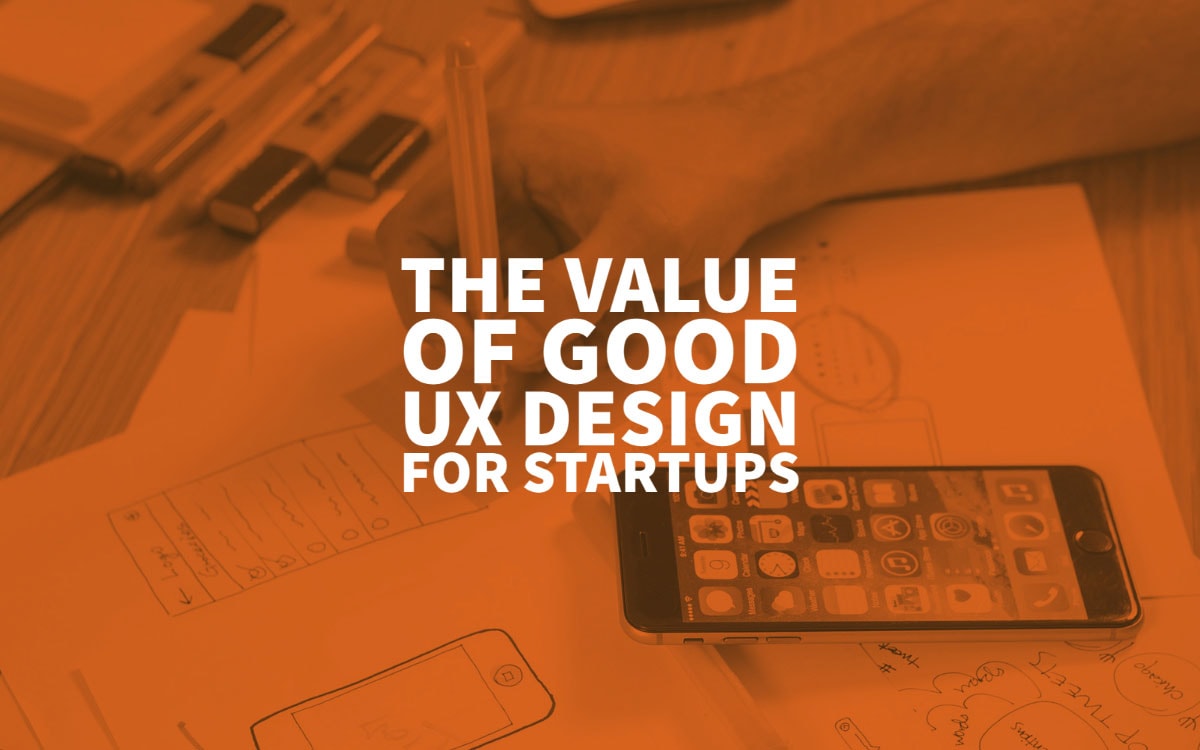
01 Feb The Value of Good UX Design for Startups
The Value of Good UX Design for Startups
Sometimes, we get so used to poor design that we don’t notice anything wrong until a better version comes around.
Just think of trying to plug the charging cable into your smartphone until USB Type-C turned up.
The same goes for services.
Uber and Airbnb showed us what we were missing when using regular taxis and faceless hotels.
Coincidentally, both companies claim that user experience (UX) was at the core of their success and helped them achieve billion-dollar valuations.
Today, we look at research and numbers that support these claims and prove once and for all that investing in UI/UX design is every startup’s best bet.
The Cost of Good UX Design and Bad UX Design

At first glance, skipping the UX planning and development stage seems like an excellent way to save time and money.
What’s the worst that could happen if you work out the best user experience after the launch?
- You could lose much money. After all, $62 billion per year costs businesses that don’t improve their user experience and service.
- Two out of three customers will leave your app or site without completing their purchase.
- Every third of your most passionate early adopters will leave for greener pastures after a single bad experience.
- Your app can fall with 25% of those only used once before being ignored or uninstalled.
- One in ten people who leave your site or app can turn at least 15 potential clients against you. And that’s a modest estimate in the age of social media influencers.
Calculating the exact return on investment (ROI) of user experience design is challenging.
Its effects are mostly intangible and can be confused with other factors.
Still, researchers claim that for every dollar you spend on UX, you can gain from $2 to $100, and that’s an ROI between 100% and 9,900%.
How can your startup gain such a significant boost in revenue?
Several factors are in play here.
For one, the conversion rate is bound to go up when good UX design is in place.
The boost in conversions is estimated to be between 200% and 400%.
You can also set your rates higher than the competition and make a seamless service a part of the unique selling proposition.
Since 80% of customers are ready to spend more on an enhanced user experience, your overall revenue should go up.
Besides, 72% of your satisfied customers can tell up to six people about their great experience, thus gaining your startup more prospects without extra investment.
The Difference Good UX Design Makes

If general statistics aren’t good enough for you, consider the surprising results of McKinsey research.
They have been monitoring 300 companies over the course of five years.
The researchers aggregated over 2 million financial data points and tracked over 100 thousand design activities.
They came up with a McKinsey Design Index (MDI) and divided the companies’ performance into four groups.
The top 25% of companies outperformed the competition in terms of revenue and total returns to shareholders (TRS).
While the industry’s average revenue remained at 3 to 6 per cent, the top MDI performers showed an increase of 10 per cent.
Total returns to shareholders saw an even higher discrepancy: 21 per cent among top performers against the industry-average 12 to 16 per cent.
The bottom, third, and second quartiles of the researched companies did not show significant TRS and revenue differences.
McKinsey’s research included companies across three sectors: retail banking, medical technology, and consumer goods.
While the three industries showed varying TRS and revenue improvements, the overall positive trend proves that UI/UX design is a worthy investment for companies offering various products and services.
According to researchers, the businesses with the most successful UI/UX design strategies rely on four directions:
1. UX design metrics. These should be defined, evaluated, and driven with as much vigour as sales and revenue numbers.
2. Cross-specialty talent. Every startup team member should plan the perfect user experience, from a business analyst to a quality assessment engineer.
3. Ongoing improvements. Launching an MVP is the start of the customer feedback loop that should direct future iterations of the project.
4. User-centered development. Research and understanding of the end-user should always remain at the heart of the project, from the first click to every third-party service integration.
While most startups realise the value of having direct contact with the end-users of their products, only 40% of businesses get in touch with their customers at the development stage.
Others have no clear goals in mind when setting tasks for the design team.
Without a clear understanding of the customers’ needs, pain points, and pleasure triggers, the finished products are rarely received well.
As a result, they will require significant reworking and improvement before they gain traction.
These extra steps, running out of cash and getting outcompeted, can quickly become real reasons for failure.
We want to leave you with Ralf Speth’s message, who claims that bad design is always more expensive than good design.
As a CEO of Jaguar, he knows what he’s talking about.
Strapped for cash, startups are always on the lookout for ways to cut expenses and generate more revenue.
Good UX design investments seem steep, and the ROI is almost impossible to evaluate accurately.
Still, we hope the figures and statistics in this post prove that user experience design is not where you should cut corners.




